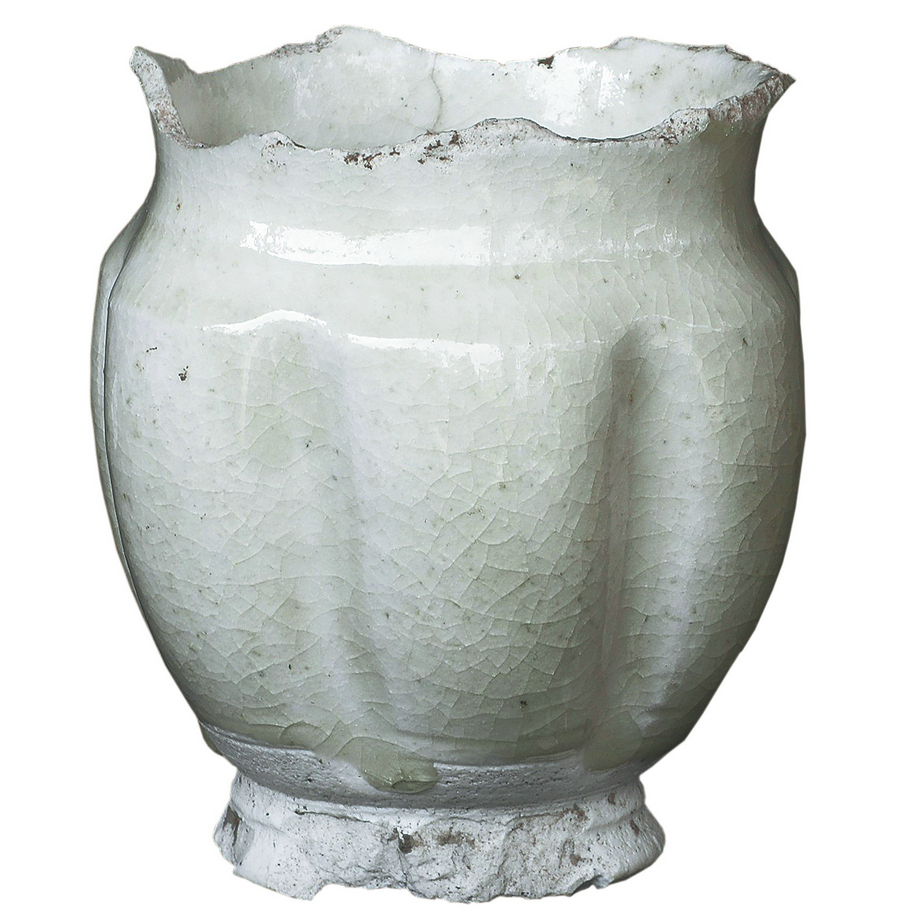

Some archaeologists view the Suyukou site as a "Pompeii of Chinese porcelain". Thanks to the veneer of sand, the site has largely evaded erosion over time, making it one of the best preserved ruins of ancient porcelain production kilns in the country, Chai adds.
The furnaces, warehouses, chimneys and protective walls were found to form a complete porcelain production workshop. Archaeologists also spotted mining pits from a nearby hillside from where the raw materials or fuel for the kilns, including clay, coal and lime, were excavated.
Western Xia was founded by the Tangut people. Almost contemporaneous with the Song Dynasty (960-1279), military conflicts were common between the two rivals.
However, in terms of cultural exchanges, there was another scenario, as demonstrated by the Suyukou site. Evidence of influence of the porcelain-making technique from the Hutian Kilns in today's Jingdezhen, Jiangxi province in East China, was found among the newly unearthed artifacts. They are 1,800 kilometers apart.
Nonetheless, no obvious link from much nearer counterparts, like the Yaozhou Kilns in Shaanxi province, has been unveiled.
Jingdezhen was widely hailed as the ancient China's national center of porcelain production starting from the Song era. The Hutian Kilns were thought to yield one of the finest product varieties in this production hub.
"Perhaps, artisans from Suyukou were assigned to Jingdezhen to learn the best techniques," says Qin Dashu, an archaeology professor at Peking University, and a veteran scholar on porcelain studies.
"Or, there's even a possibility that artisans from Jingdezhen went to Suyukou to support local production," he adds. "It's evidence to reflect that different ethnic groups communicated and mixed during the Song era."